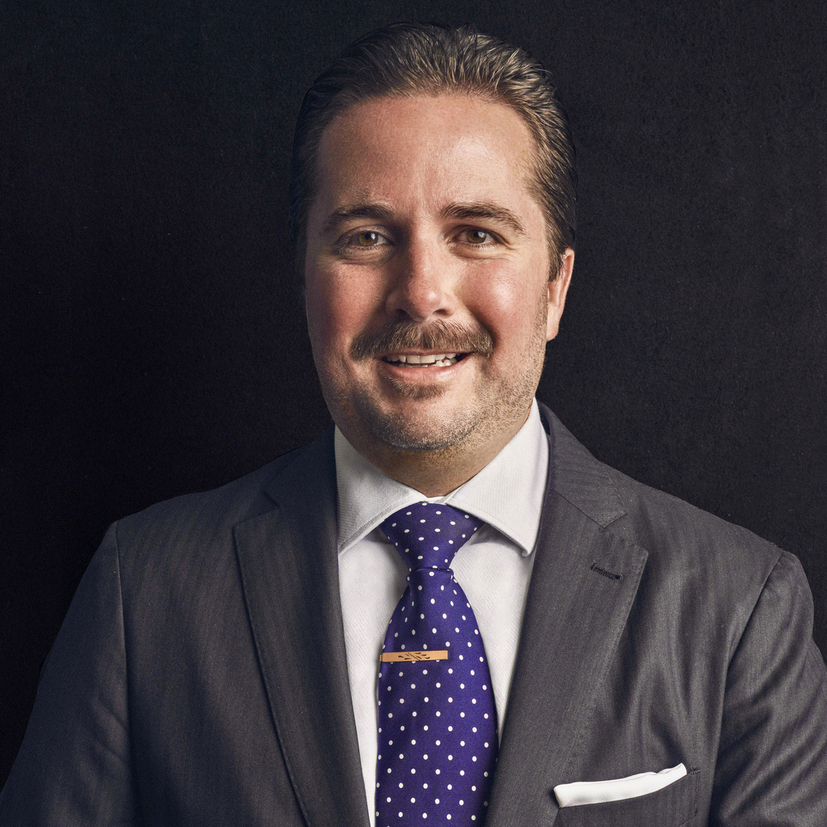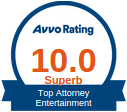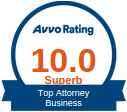In his capacity as a Columnist for California Sports Lawyer®, Founder and Managing Attorney Jeremy Evans has written a column about the upcoming challenges in NCAA sports for universities, conferences, and student-athletes with pay-to-play changes.
You can read the full column below.
~
Settlement of the House v. NCAA and related cases will usher in a new age of NCAA sports played at universities across America. With change, there are always intended and unintended consequences. The intended consequences are obvious: pay to college athletes through settlement, television dollar, and broader and more lenient NIL policies that will share the proverbial pie.
The unintended consequences are not as obvious, but will have more far-reaching issues and complications. By example, often when a legislative body passes legislation, it does so without knowing exactly what will happen. It does so in response to a problem, but rarely is a problem anticipated or prevented. In some sense, legislatures, for better or worse, are meant to react to a perceived problem as opposed to predicting or preparing for one. The aforementioned is the situation that the NCAA and its member institutions (the colleges and universities) find themselves in as they have had respond to legislation and litigation related to pay-for-play policies, the transfer portal, and more. Here are a few of the unintended consequences of the NCAA pay-to-play rules for student-athletes.
Employee Classification or Exemption
NCAA President Charlie Baker is currently trying to convince state legislatures to pass employee-exemption laws so that even though student-athletes will be getting paid, their status will not change from independent contractor or student-athlete to employee. If student-athletes are classified as employees under state law, student-athletes would also receive workers compensation coverage (student-athletes currently have insurance and health coverage through the university), taxes would be taken out of their checks, and they would likely lose their title as student-athlete in exchange for employee. The situation would be no different than professional athletes, short of a professional union representing their interests. However, a professional union in college sports is more likely to occur if employee status is granted, baring some legislative exemption.
Title IX Compliance
Title IX prohibits sex-based discrimination in any school or any other education program that receives funding from the federal government. It is a landmark civil rights law in America passed by Congress in 1972 and signed by President Richard M. Nixon (R). President Joe Biden’s (D) Executive Order signed on January 20, 2024, that is being challenged by multiple states for infringing on women's rights, extends Title IX to gender identity. Originally, Title IX was meant to protect women’s college sports from being cancelled without some level of equality with men’s sports or revenue-producing sports like men’s basketball and football.
Traditional NIL would provide that private dealmaking (not involving the university except for compliance purposes) could take place and would not subject the university to Title IX violations. However, when universities become the payer of athletes, regardless of the student-athlete vs. employee classification, it crosses the threshold into Title IX territory because nearly all if not all Division 1 universities (private and public) accept funding from the federal government for grants, etc. This means that paying Division 1 athletes will not just be for revenue-producing sports like men’s basketball and football, but all other sports as well. While you might want to initially applaud the egalitarian approach, this means less money for the athletes bringing in revenue and less revenue for other campus-wide activities.
Academic Budgets
Arguing for pay-for-play systems is good in thought, but it also means less funding for research, academics, and non-revenue producing sports. Athletic departments at universities often pay for non-sports activities. According to Forbes, not all donations or licensing revenue made from or paid to athletic departments stays with those departments. It is often distributed to other departments through campus agreements by as much as 50% for licensing and 2-12% for donations.
Furthermore, not all athletic departments turn a profit and the margins are smaller than one might think. According to Best Colleges, “Since the late 1800s, football has by far been the top-earning sport on American campuses, financing not only every other sport but also often the growth and development of the universities themselves . . . The majority of universities in the nation's top athletic conferences lost money through their sports programs to the tune of approximately $16 million each.” If you want to learn more, there are some additional articles discussing athletic department expenditures here and here.
One thought is that if there is a limit on student-athlete payments, there should be a limit on coaching and staff contracts and salaries. The problem with this argument is that coaches have completed college, competition (often playing in college and professionally), and are hired in a free market system as employees under contract. Student-athletes are eighteen to twenty something in age and just entering their higher education and professional careers as students. To place them on equal footing as the coaches who will ideally be around the team or sport for years as mentors and leaders is not only unfair, but could be possibly make a lot of those coaches leave for greener pastures in professional sports (e.g., Dan Hurley and the Los Angeles Lakers). A yet bigger issue might be the buyout provisions in college coaching contracts when coaches leave.
In the end, this might be what history refers to as the professionalization of college sports. Arguably, started when the NCAA lost its exclusive right to sell television rights to college sports in the 1980s via the NCAA v. Board of Regents of the University of Oklahoma, 468 U.S. 85 (1984) case heard before the Supreme Court of the Unites States for antitrust violations. The Court's holding made the NCAA less relevant that has placed the power in the schools and conferences, who have grown the popularity of college sports through larger television contracts and social media. That power of money will soon be distributed to student-athletes with more questions to come.
~
About Jeremy M. Evans:
Jeremy M. Evans is the Chief Entrepreneur Officer, Founder & Managing Attorney at California Sports Lawyer®, representing entertainment, media, and sports clients in contractual, intellectual property, and dealmaking matters. Evans is an award-winning attorney and industry leader based in Los Angeles and Newport Beach, California. He can be reached at Jeremy@CSLlegal.com. www.CSLlegal.com.
Copyright © 2024. California Sports Lawyer®. All Rights Reserved.





